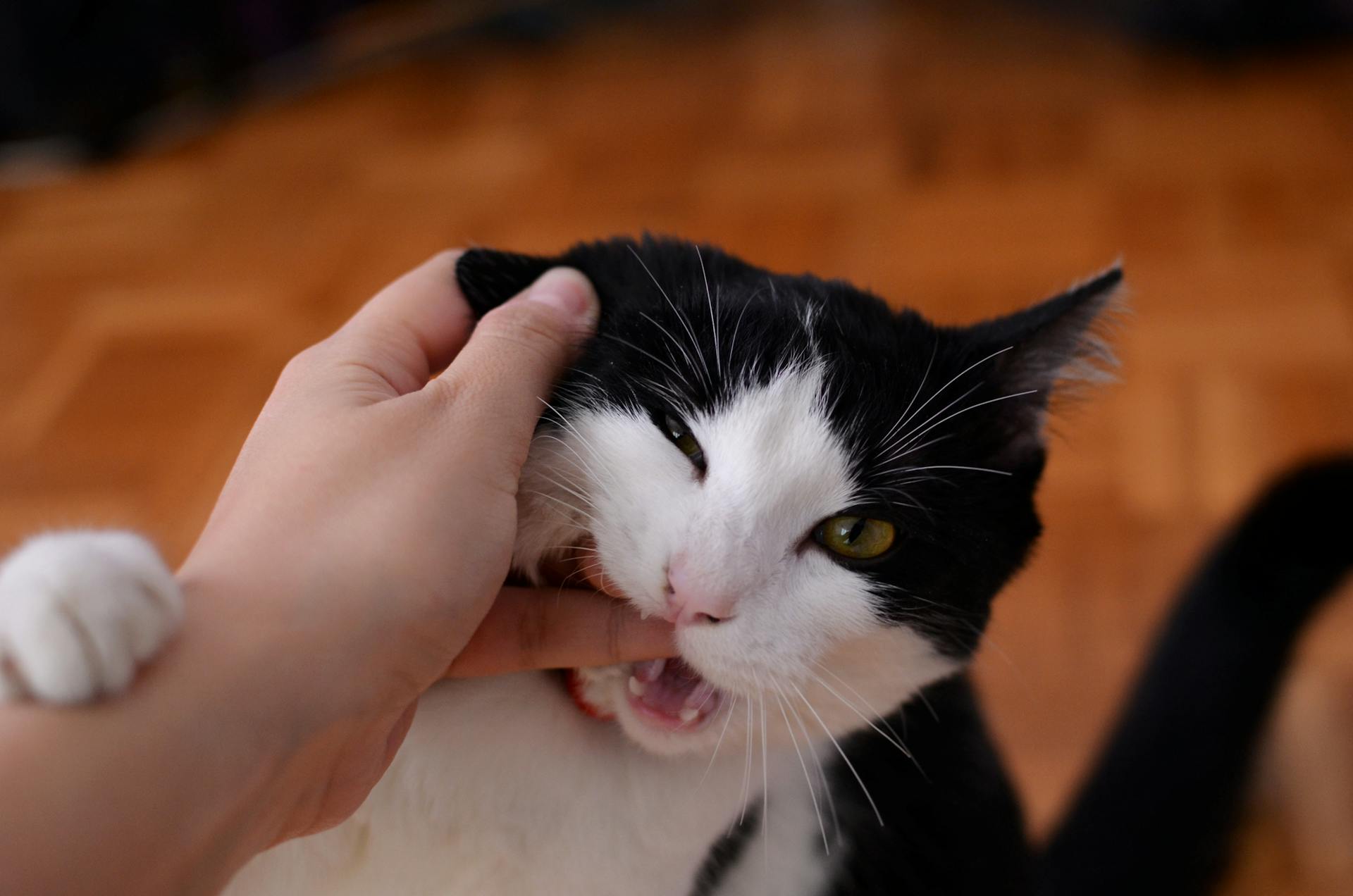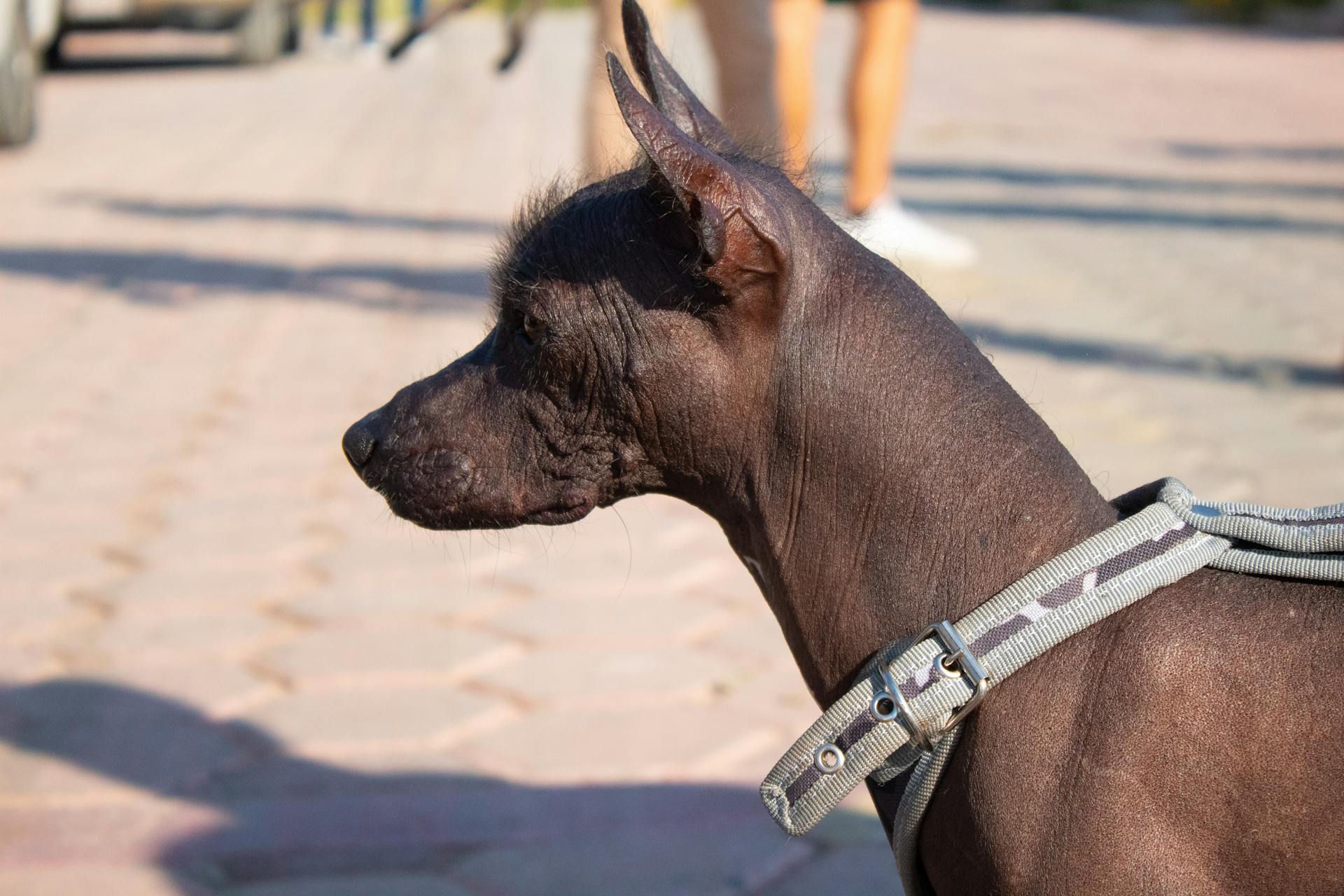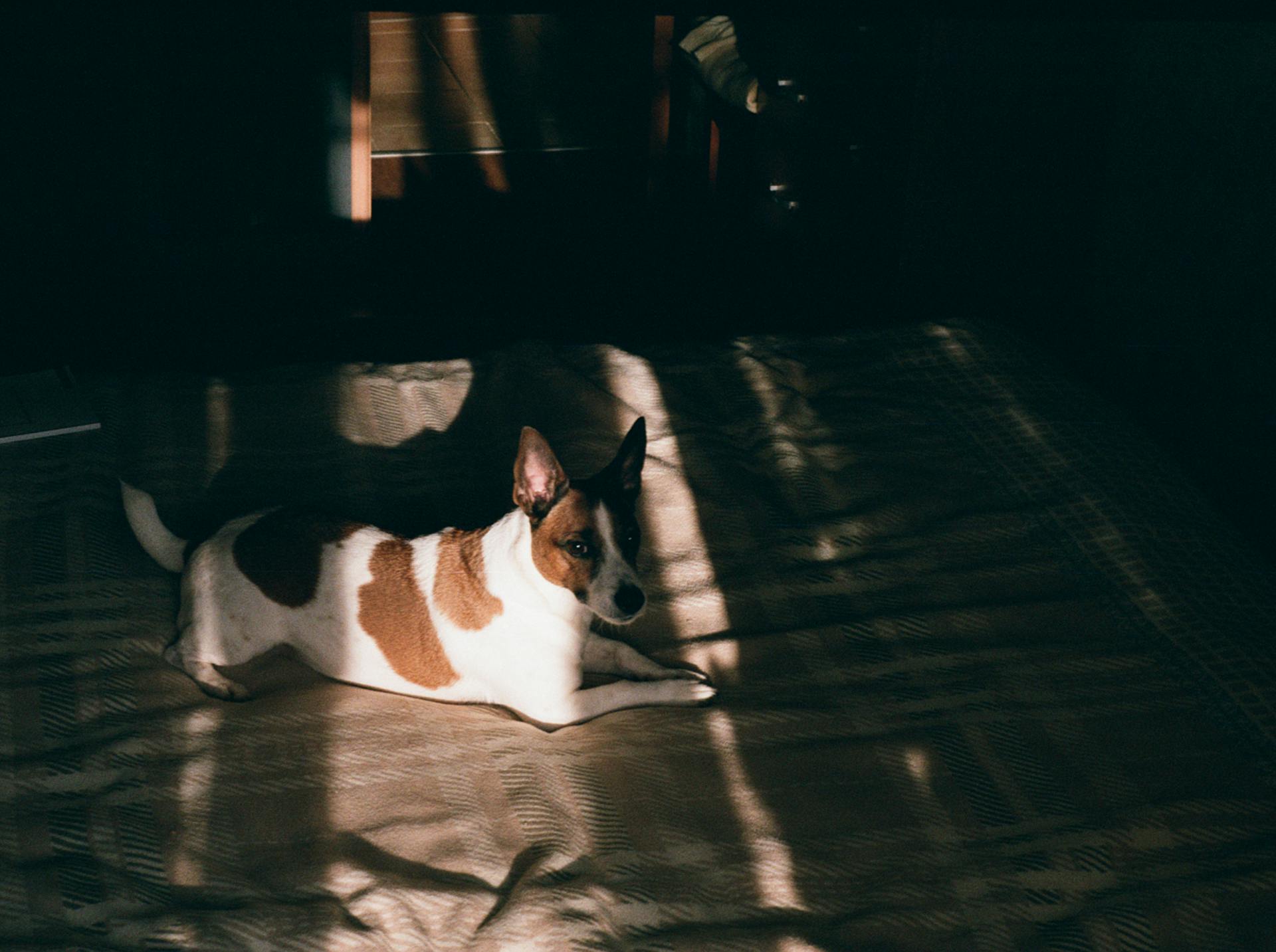
Cats may become aggressive towards dogs due to territorial behavior, such as defending their food and water sources.
Lack of socialization between cats and dogs can also contribute to aggression, with cats often viewing dogs as threats to their personal space.
In some cases, cats may exhibit aggression towards dogs due to past traumatic experiences, such as being attacked or chased by a dog.
Cats may also become aggressive towards dogs if they feel their resources are being threatened or if they're competing for attention from their owners.
Causes of Cat Aggression
Cat aggression towards dogs can be a complex issue, and understanding the causes is crucial in addressing the problem.
Fear aggression can be triggered by an unfamiliar dog, person, or noise, causing the cat to react violently. I've seen cats become aggressive when introduced to a new dog in the neighborhood, and it's essential to socialize them properly to prevent this.
Play aggression occurs when cats are overstimulated during play, leading to biting, scratching, and pouncing on humans or dogs. Cats need to learn to play nicely, and owners should monitor their playtime to prevent overstimulation.
Pain-induced aggression happens when a cat feels physically uncomfortable and behaves hostilely towards any touch or movement that worsens their discomfort. Dental issues, arthritis, and infections can cause this type of aggression, so it's vital to check with a veterinarian if you notice any unusual behavior.
Redirected aggression occurs when a cat is presented with a threatening stimulus, such as a loud noise or a new dog, and they can't address or attack the stimulus directly. Instead, they'll display aggressive behaviors towards humans or dogs in the household.
Here are some common causes of sudden aggression in cats that can also lead to aggression towards dogs:
- Cognitive decline or neurological issues, such as epilepsy or brain tumors
- Moving to a new environment or introducing new cats or people into a familiar environment
- Repeated exposure to stressful situations
- Tolerance to petting wearing off
- Hormonal fluctuations in female cats in heat
- Intact male cats being introduced to other intact male cats in their territory
These causes are essential to consider when trying to understand why your cat is being aggressive towards your dog. By addressing the underlying issue, you can work towards resolving the aggression and creating a more harmonious household.
Recognizing Cat Aggression
Recognizing cat aggression can be tricky, but understanding the signs can help you identify when your cat is feeling anxious or fearful. Cats use various methods to communicate, including body language, vocal cues, physical contact, and chemical messengers such as pheromones.
Cats have smaller features than dogs and use more subtle, rapid movements when communicating, making it essential to pay attention to these cues. Decoding these signs can help you identify when a cat is on the verge of aggressive behavior.
Some common signs of aggression in cats include rapid breathing, flattened ears, and a stiffened posture. These subtle movements can be easily missed, but being aware of them can help you prevent conflicts between your cat and dog.
Here are some common causes of sudden aggression in cats:
- Cognitive decline in older cats or neurological issues in cats of any age—epilepsy and brain tumors, for example—can lead to sudden aggressive behaviors.
- Moving to a new environment or introducing new cats or people into a familiar environment can trigger sudden aggression.
- Cats that have been exposed repeatedly to stressful situations and have shown no previous reaction may lash out aggressively when exposed to the stressful situation again.
- Cats may tolerate petting to a certain degree and become suddenly aggressive when they no longer want to be petted or when a certain part of their body is touched, such as the base of the tail or paws.
- Female cats in heat may also act aggressively due to hormonal fluctuations.
- Young, intact male cats may become suddenly aggressive when introduced to other young, intact male cats in their territory, triggering status-induced aggressive episodes.
In any case, sudden aggression in cats should be addressed with a veterinary visit as soon as possible to rule out potential medical concerns.
Types of Cat Aggression
Cat aggression towards dogs can be a complex issue, and understanding the different types of aggression is key to addressing the problem. There are several types of cat aggression, including play aggression, fear aggression, petting-induced aggression, pain-induced aggression, territorial aggression, redirected aggression, status-induced aggression, maternal aggression, and inter-cat aggression.
Play aggression occurs when cats are overstimulated during play, leading to biting, scratching, and pouncing inappropriately on humans or animal playmates. This type of aggression is common in cats that haven't been properly socialized.
Fear aggression can happen when a cat encounters an unfamiliar animal, person, or noise, or when they're placed in an environment where they had a previous unpleasant experience. A cat may react violently in these situations.
Petting-induced aggression can be shown when a cat is overstimulated from too much petting or is being petted against their will. This type of aggression is often seen in cats that are not comfortable with physical touch.
Take a look at this: Stop Petting Aggression
Pain-induced aggression happens when a cat feels physically uncomfortable and behaves hostilely toward any touch or movement of their body that worsens their discomfort. Dental issues, trauma, and injuries can all contribute to pain-induced aggression.
Territorial aggression occurs when a human or animal tries to enter the cat's established area within a household, and the cat may interpret this as a challenge and lash out to defend their domain.
Redirected aggression happens when a cat is presented with a threatening stimulus, such as a loud noise, and they can't address or attack the stimulus directly. Instead, they'll display aggressive behaviors toward human or animal members of the household.
Status-induced aggression may happen when a cat wants to establish dominance in the household hierarchy, and this can be directed both at other animals and at people in the household.
Maternal aggression may occur in female cats that have recently given birth, and they may react negatively toward any individual that approaches their litter.
Inter-cat aggression usually occurs when male cats near social maturity (between 2 and 4 years of age) attempt to establish a social order. Hormones may play a role in this behavior, which can also occur between female cats, though more rarely.
Here's a summary of the types of cat aggression:
- Play aggression: overstimulation during play
- Fear aggression: unfamiliar animals, people, or noises
- Petting-induced aggression: overstimulation from petting
- Pain-induced aggression: physical discomfort
- Territorial aggression: defending their domain
- Redirected aggression: reacting to a threatening stimulus
- Status-induced aggression: establishing dominance
- Maternal aggression: protecting their litter
- Inter-cat aggression: establishing social order
Managing Cat Aggression
Managing cat aggression requires a multifaceted approach, often involving a combination of medication and behavioral methods.
In moderate to severe cases, working with a vet and/or behaviorist can be essential. They may prescribe medications like gabapentin, fluoxetine, and alprazolam to calm a cat down.
Desensitization is a behavioral therapy that involves carefully assessing and correcting your cat's behavior in a controlled environment. You can ignore inappropriate behaviors and reward appropriate ones in a timely manner.
Here's a step-by-step guide to desensitization:
- Determine the distance from the visitor (in this case, a dog) at which your cat becomes aggressive.
- Start 5–10 feet farther away from the dog than that distance.
- Slowly bring the dog closer while rewarding your cat for showing calm, relaxed behaviors.
This process can take weeks or months until your cat is able to remain calm around dogs.
Moderate to Severe
Managing cat aggression can be a challenging task, especially when it's moderate to severe. Cats may become aggressive due to various reasons, such as pain, cognitive decline, or stress.
Pain is a common cause of sudden aggression in cats, which could be related to dental issues, trauma, injuries, arthritis, or infections. It's essential to rule out potential medical concerns with a veterinary visit as soon as possible.
In moderate to severe cases of aggression, a multifaceted approach may be necessary, combining medication with behavioral methods. Prescription medications such as gabapentin, fluoxetine, and alprazolam may be needed to calm a cat down to a manageable level.
Desensitization is a behavioral therapy that involves carefully assessing and correcting your cat's behavior in a controlled environment. The goal is to ignore inappropriate behaviors and reward appropriate ones in a timely manner.
Here's an example of how desensitization can work:
This process can take weeks or months until your cat is able to remain calm around visitors.
Don'ts
Don't try to punish or scold an aggressive cat, as this can increase fear and anxiety, making the aggression worse.
Don't use physical punishment, such as hitting or hitting a cat with a spray bottle, as it can be counterproductive and even cause harm.
Don't try to comfort or praise a cat that's acting aggressively, as this can reinforce the behavior and make it more likely to happen again.
Don't assume that aggression in cats can be completely eliminated, as some cases may be harder to manage, especially if they're related to cognitive decline or past injuries.
Don't ignore the advice of a veterinary behaviorist or certified animal behavior consultant, as they can provide valuable guidance and support in managing cat aggression.
Frequently Asked Questions
How do you discipline a cat for attacking a dog?
Disciplining a cat for attacking a dog isn't about punishment, but rather about providing a stress-free environment through separate playtime and spaces
Sources
- https://thedogwizard.com/blog/how-to-stop-dog-aggression-towards-cats/
- https://www.jacksongalaxy.com/blogs/news/aggression-in-cats
- https://www.webmd.com/pets/cats/aggression-between-cats-in-your-household
- https://www.humanesociety.org/resources/aggression-between-cats
- https://www.petmd.com/cat/behavior/cat-aggression-fighting-biting-and-attacking
Featured Images: pexels.com


